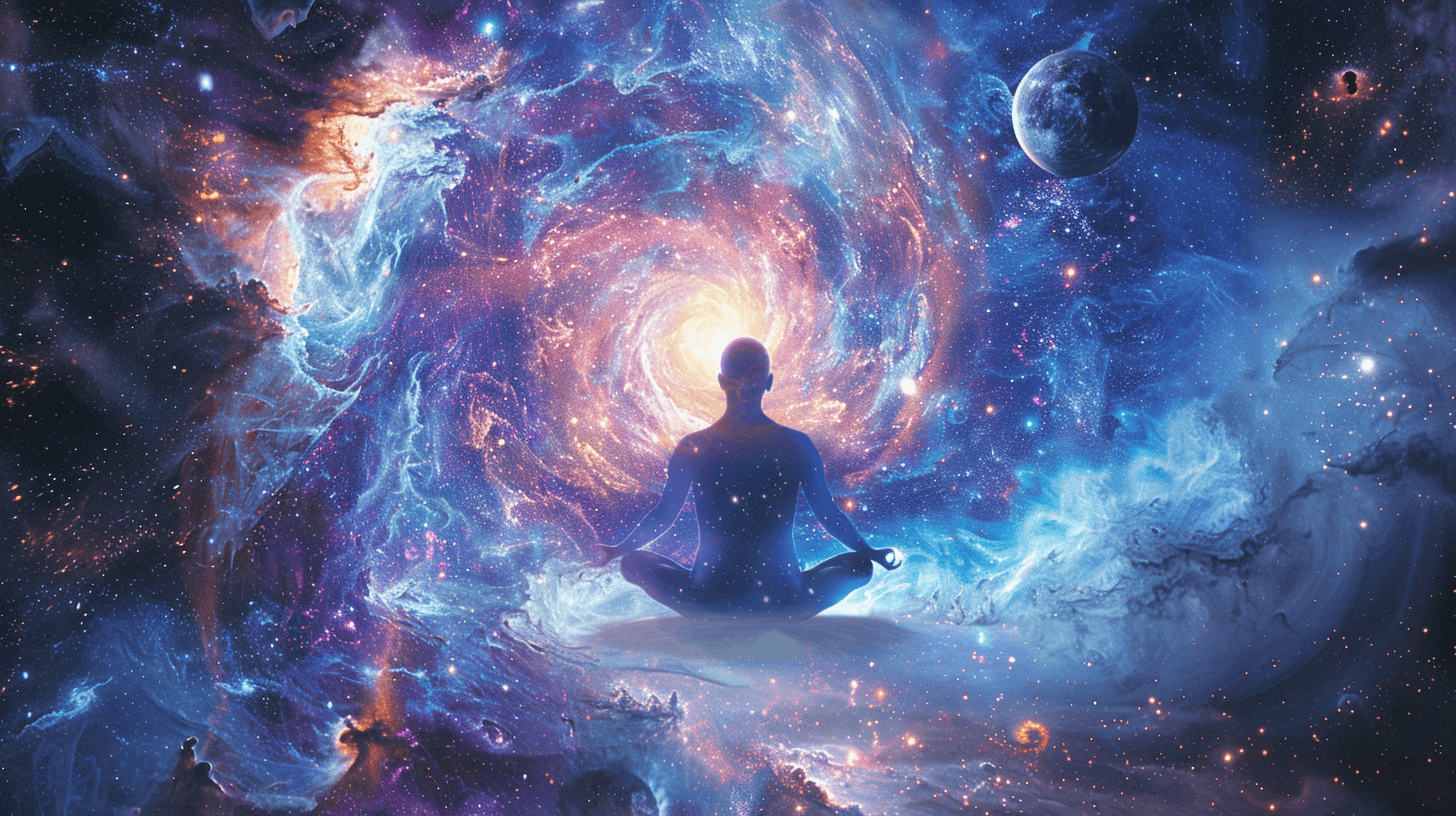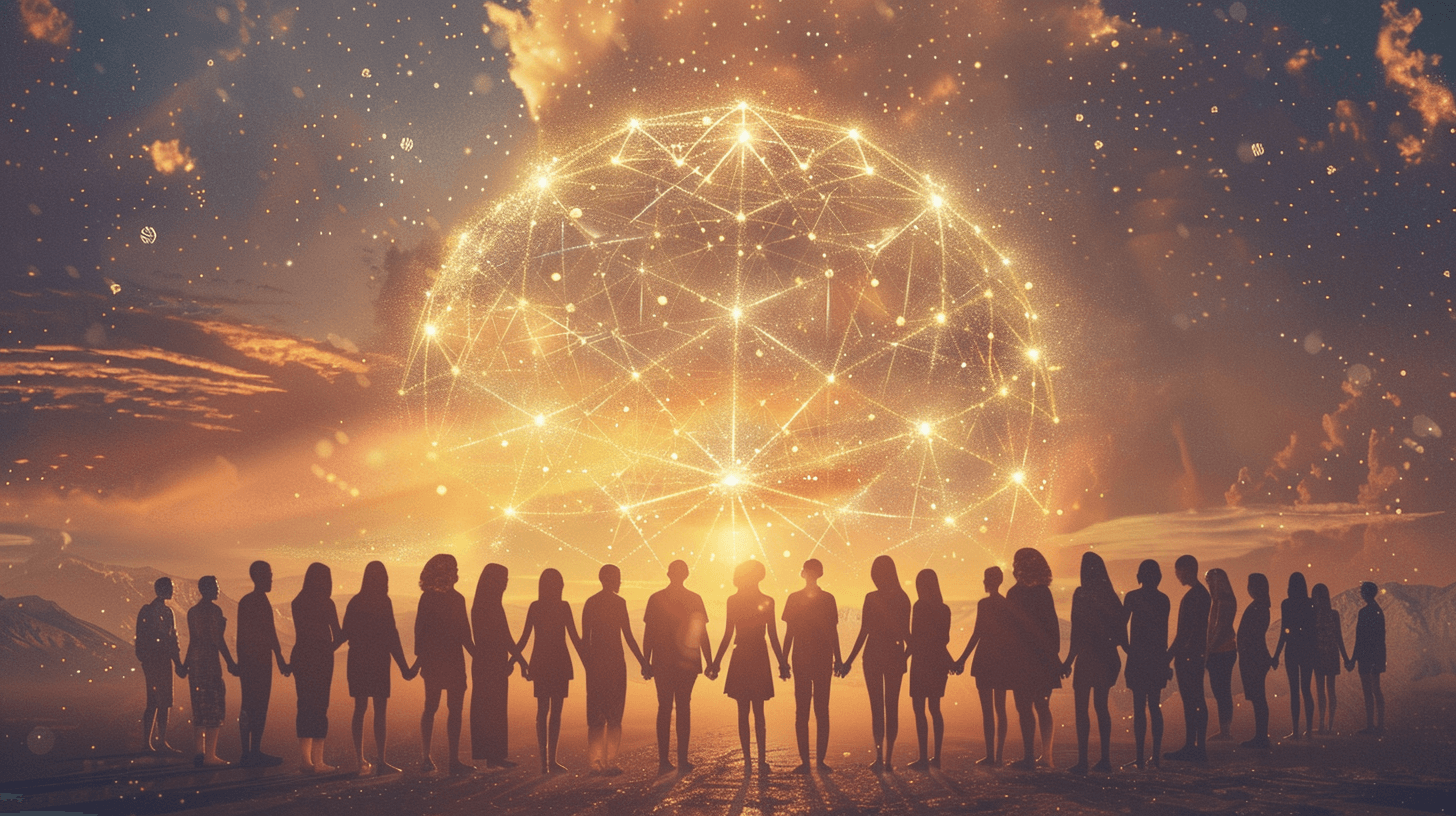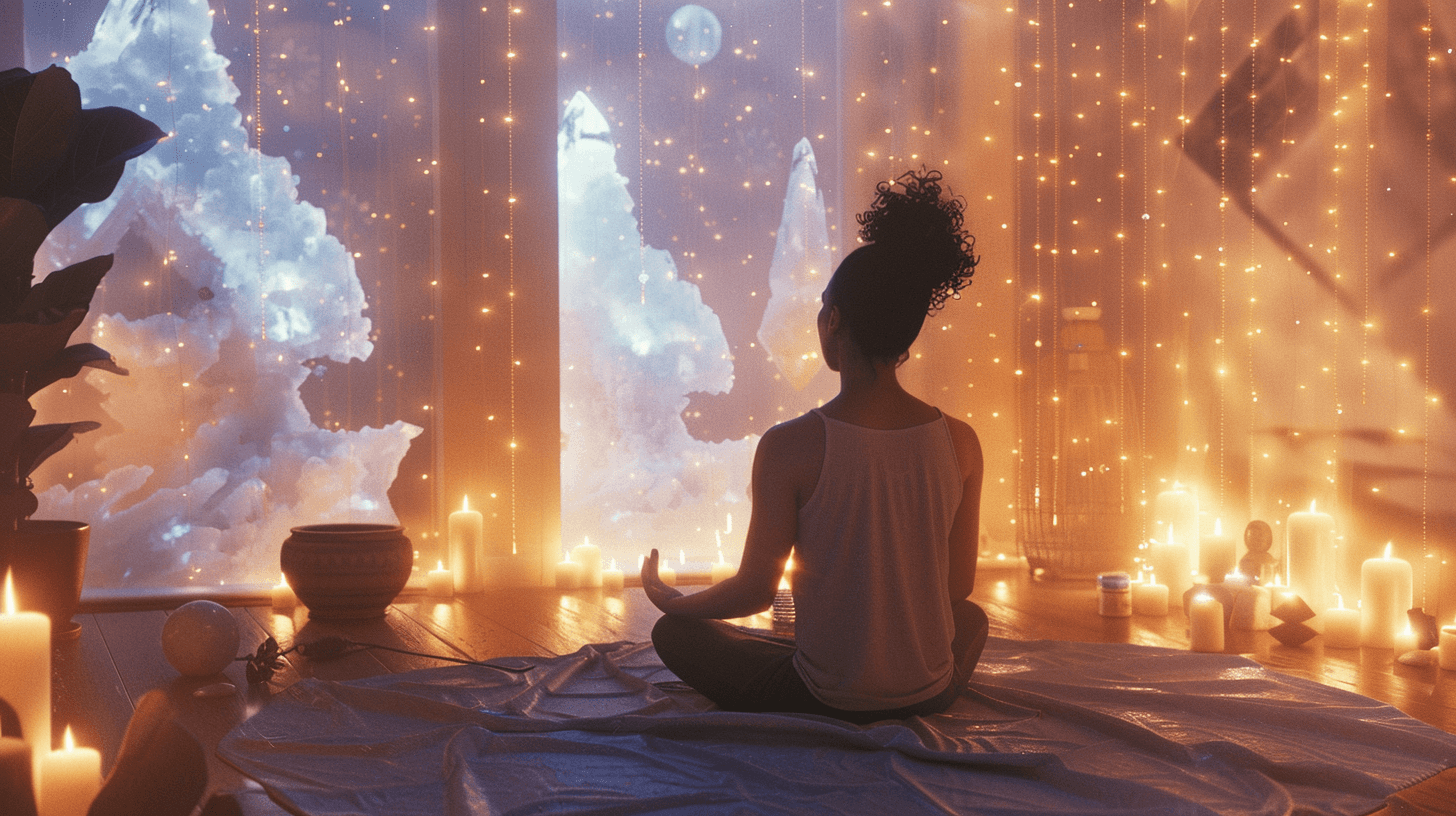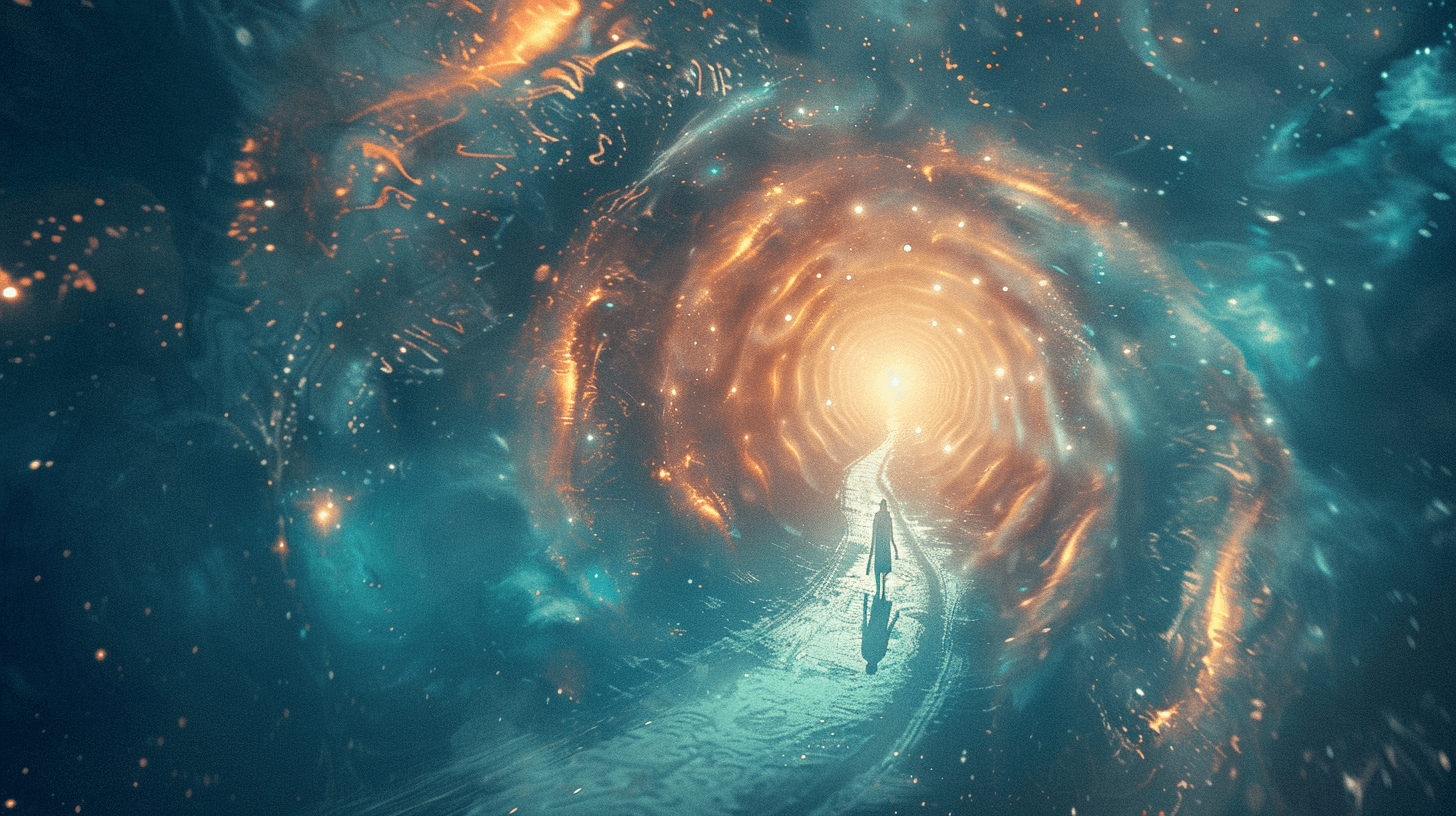Introduction

In today’s fast-paced world, where technology and materialism often take center stage, many people are seeking something deeper—something that transcends the ordinary. This quest often leads to the pursuit of higher consciousness, a state of being that promises profound transformation and a deeper understanding of oneself and the universe. But what exactly is higher consciousness? Is it an esoteric state reserved for mystics and spiritual leaders, or is it accessible to everyone? This guide aims to explore these questions, offering insights, practical techniques, and a fresh perspective on what it means to elevate one’s consciousness.
This article is not just another spiritual guide; it is a comprehensive exploration grounded in both ancient wisdom and modern science. By deconstructing the concept of higher consciousness and examining it through the lens of first principles thinking, we aim to provide a roadmap that is both practical and transformative. Whether you are new to the concept or a seasoned practitioner, this guide will help you navigate the path to higher consciousness, offering tools and insights that can lead to a more conscious, intentional, and fulfilling life.
What is Higher Consciousness?

At its core, consciousness refers to our awareness—our ability to perceive, think, and experience. Higher consciousness, however, extends beyond ordinary awareness. It involves a heightened state of reality, a deeper connection to the self and the universe, and an expanded understanding of life’s interconnectedness.
To understand higher consciousness, we must first strip away the layers of mysticism and jargon. Higher consciousness is not just about spiritual enlightenment; it’s about achieving a state of awareness that transcends the ego. It involves recognizing the interconnected nature of all things and experiencing a sense of unity with the universe.
In recent years, science has begun to explore the mysteries of consciousness with greater rigor. Neuroscientists have identified brainwave states associated with different levels of consciousness, from the slow delta waves of deep sleep to the fast beta waves of active thinking. Higher consciousness is often associated with alpha and theta brainwave states, which are linked to deep relaxation, meditation, and heightened creativity.
Throughout history, higher consciousness has been a central theme in many spiritual traditions. In Hinduism, it is the realization of Brahman, the infinite consciousness that underlies all reality. In Buddhism, it is the attainment of nirvana, a state beyond ordinary perception. In Western mysticism, it is often described as a union with the divine or an experience of oneness with the universe.
The Importance of Higher Consciousness

Higher consciousness is not just a spiritual or philosophical concept; it has practical implications for our everyday lives.
Personal Well-Being:
Achieving higher consciousness can lead to significant improvements in mental and emotional well-being. By cultivating self-awareness and understanding the interconnectedness of all life, individuals can reduce stress, enhance resilience, and find greater peace and fulfillment.
Improved Relationships:
Higher consciousness fosters empathy, compassion, and deeper connections with others. As individuals become more aware of their own thoughts and emotions, they can better understand and relate to the experiences of others, leading to more meaningful and harmonious relationships.
Societal Impact:
On a broader scale, the pursuit of higher consciousness can contribute to societal transformation. As more people awaken to the interconnectedness of all life, they are more likely to make choices that support sustainability, social justice, and global peace.
Professional Success:
In the professional realm, higher consciousness can lead to greater creativity, innovation, and ethical leadership. Leaders who operate from a place of higher consciousness are more likely to inspire and motivate others, fostering a culture of collaboration and responsible decision-making.
Practical Techniques to Elevate Consciousness

While the concept of higher consciousness may seem abstract, there are practical techniques that can help individuals elevate their consciousness and experience this state more fully.
Meditation and Mindfulness:
Meditation is one of the most effective tools for achieving higher consciousness. By quieting the mind and focusing on the present moment, meditation helps individuals transcend their ego and experience a state of pure awareness. Mindfulness, the practice of being fully present in each moment, complements meditation by helping individuals maintain this heightened awareness throughout their daily lives.
Breathwork:
Breathwork, or the conscious control of breathing, is another powerful technique for elevating consciousness. Practices like Pranayama in yoga involve specific breathing patterns that can alter brainwave states and promote a sense of calm and clarity.
Sound and Vibration:
Sound and vibration have long been used in spiritual practices to elevate consciousness. Binaural beats, for example, are specific frequencies of sound that can synchronize brainwaves and induce meditative states. Chanting and singing bowls are other tools that can help individuals achieve higher states of awareness.
Holistic Practices:
In addition to meditation and breathwork, other holistic practices such as yoga, tai chi, and energy healing can support the journey to higher consciousness. These practices help align the body, mind, and spirit, creating a foundation for deeper awareness and spiritual growth.
Top Books for Higher Consciousness

For those seeking to deepen their understanding and experience of higher consciousness, literature remains one of the most valuable resources. Here are some of the top books that offer profound insights and practical guidance on this journey:
“The Power of Now” by Eckhart Tolle – This seminal work emphasizes the importance of living in the present moment and explores the idea of transcending the ego to reach a higher state of consciousness.
“A New Earth: Awakening to Your Life’s Purpose” by Eckhart Tolle – In this follow-up to “The Power of Now,” Tolle delves into how individuals can awaken to a new state of consciousness and contribute to a collective transformation.
“Becoming Supernatural: How Common People Are Doing the Uncommon” by Dr. Joe Dispenza – This book combines scientific insights with spiritual wisdom, exploring how individuals can use meditation and visualization to reach higher states of being.
“The Untethered Soul: The Journey Beyond Yourself” by Michael A. Singer – Singer offers a deep exploration of consciousness, discussing how to free oneself from habitual thoughts and emotions to experience a more expansive state of awareness.
“Waking Up: A Guide to Spirituality Without Religion” by Sam Harris – Harris presents a rational approach to spirituality, discussing how mindfulness and meditation can lead to profound shifts in consciousness without the need for religious frameworks.
“The Seat of the Soul” by Gary Zukav – Zukav’s book explores the connection between the soul and the personality, offering insights into how aligning with one’s true self can lead to spiritual growth and higher consciousness.
“Conversations with God” by Neale Donald Walsch – This book presents a dialogue between the author and God, offering unique perspectives on life’s biggest questions and encouraging readers to explore their own spiritual consciousness.
These books provide a diverse range of perspectives and practices that can help readers on their journey towards higher consciousness. Each offers a unique approach, whether through practical exercises, philosophical discussions, or spiritual insights, making them invaluable resources for those seeking to expand their awareness.
The Role of Technology in Higher Consciousness

In today’s digital age, technology is playing an increasingly important role in the pursuit of higher consciousness. From meditation apps to wearable devices, there are a growing number of tools designed to help individuals monitor and elevate their consciousness.
Digital Therapeutics:
Digital therapeutics are software-based tools that use evidence-based techniques to promote mental and physical well-being. Meditation apps like Headspace and Calm offer guided meditations, mindfulness exercises, and sleep aids that can help individuals achieve higher consciousness. Wearable devices like the Muse headband monitor brainwave activity during meditation, providing real-time feedback to enhance the practice.
Artificial Intelligence:
AI is also making inroads into the realm of consciousness. Some AI-driven apps use machine learning algorithms to personalize meditation practices, making them more effective for individual users. Other AI tools analyze users’ emotional states and offer customized recommendations for improving well-being and achieving higher consciousness.
Ethical Considerations:
While technology offers many benefits, it also raises ethical questions. As we rely more on digital tools to guide our spiritual practices, there is a risk of becoming overly dependent on technology and losing touch with the more intuitive, experiential aspects of consciousness. It is important to strike a balance, using technology as a tool to support, rather than replace, traditional practices.
Integrating Higher Consciousness into Daily Life

Achieving higher consciousness is not just about reaching a transcendent state during meditation or spiritual practice; it’s about integrating this awareness into every aspect of daily life.
Mindful Living:
Mindful living involves bringing full awareness to every moment, whether you are eating, walking, or interacting with others. By practicing mindfulness in everyday activities, individuals can maintain a state of higher consciousness throughout the day, leading to greater clarity, purpose, and peace.
Building Habits:
To sustain higher consciousness, it is important to build habits that support this state. Regular meditation, mindful breathing, and intentional living are key practices that can help individuals maintain a heightened state of awareness.
Overcoming Obstacles:
The journey to higher consciousness is not without its challenges. Distractions, stress, and skepticism can all hinder progress. However, by developing resilience, staying committed to the practice, and seeking support from a community or mentor, individuals can overcome these obstacles and continue on their path to higher consciousness.
Conclusion: The Infinite Journey

The pursuit of higher consciousness is a lifelong journey, one that is both challenging and rewarding. It involves not only a deepening of self-awareness and spiritual understanding but also a commitment to living in a way that reflects this higher state of being. By integrating the practices and insights shared in this guide, individuals can embark on a transformative journey that leads to greater peace, purpose, and fulfillment.
The journey to higher consciousness is infinite, with new layers of awareness and understanding always waiting to be discovered. As you continue on this path, remember that the goal is not to reach a final destination but to embrace the process of growth and transformation. Each step you take brings you closer to your true self and to a deeper connection with the universe.







